It’s a thing, you know—nesting. It usually refers to when a woman is beautifully curved and round in late pregnancy—when she has a natural instinct or urge to prepare her home for the impending arrival of the baby. It may manifest as cleaning, arranging, organizing, or buying furniture and clothes. It is a way to practically and mentally prepare for the birth of a child. It helps a woman feel in control of her environment, to prepare a place that feels safe and secure for her and her baby. Most animals do a similar ritual of preparation for their offspring by building nests or dens in protected places. This flurry of activity is usually done in Spring….but let’s think about nesting in another way….
We returned to Crane Meadows National Wildlife Refuge. I was hoping to see a lake full of waterfowl preparing for their long migration. The Platte River was beginning to ice over, the River and ice formations curving between and around the banks of golden slough and prairie grasses.
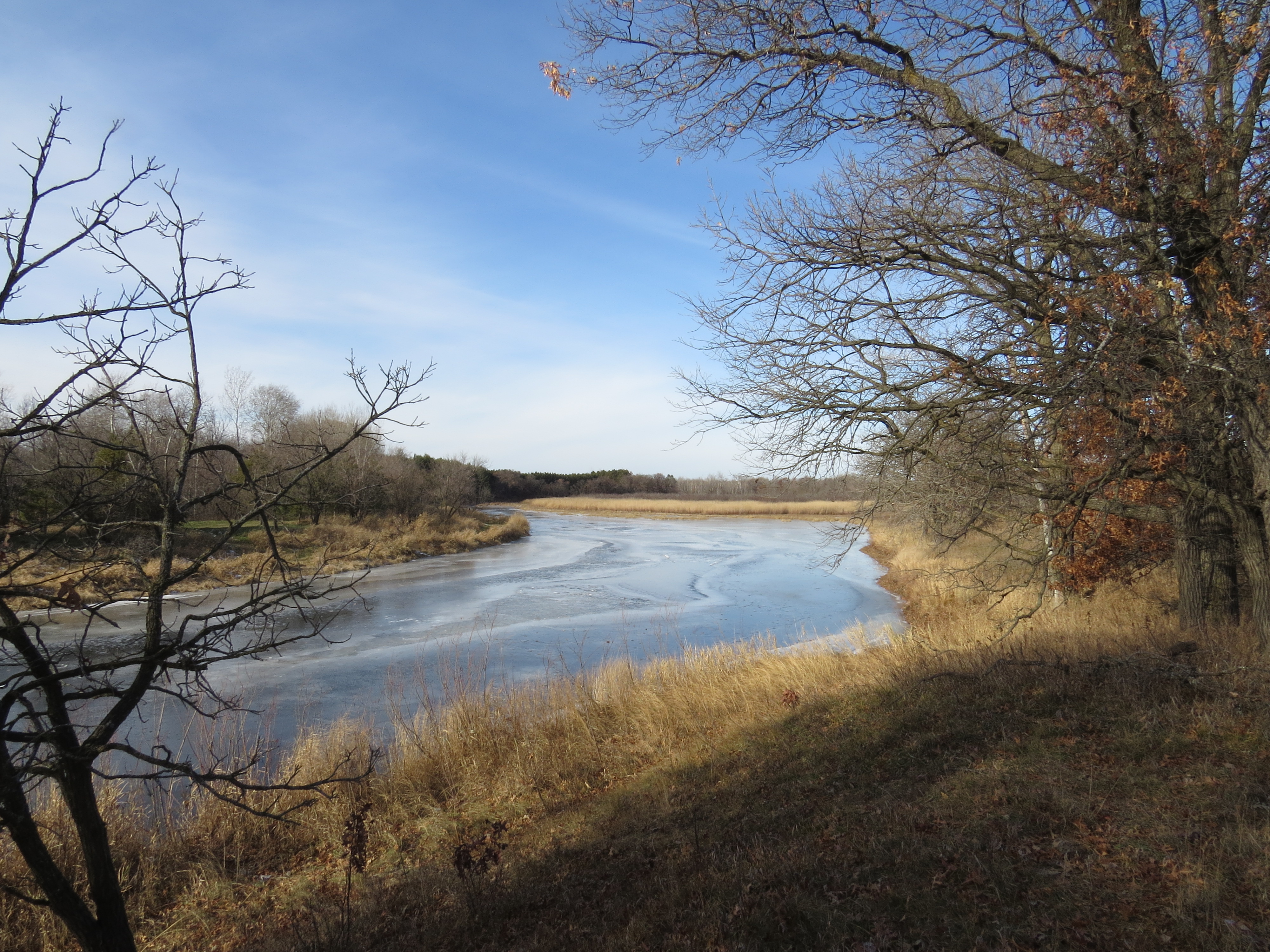
Under the ice and under the mud in the River are turtles and frogs hunkered down and protected from the cold Winter weather. Safe and secure.
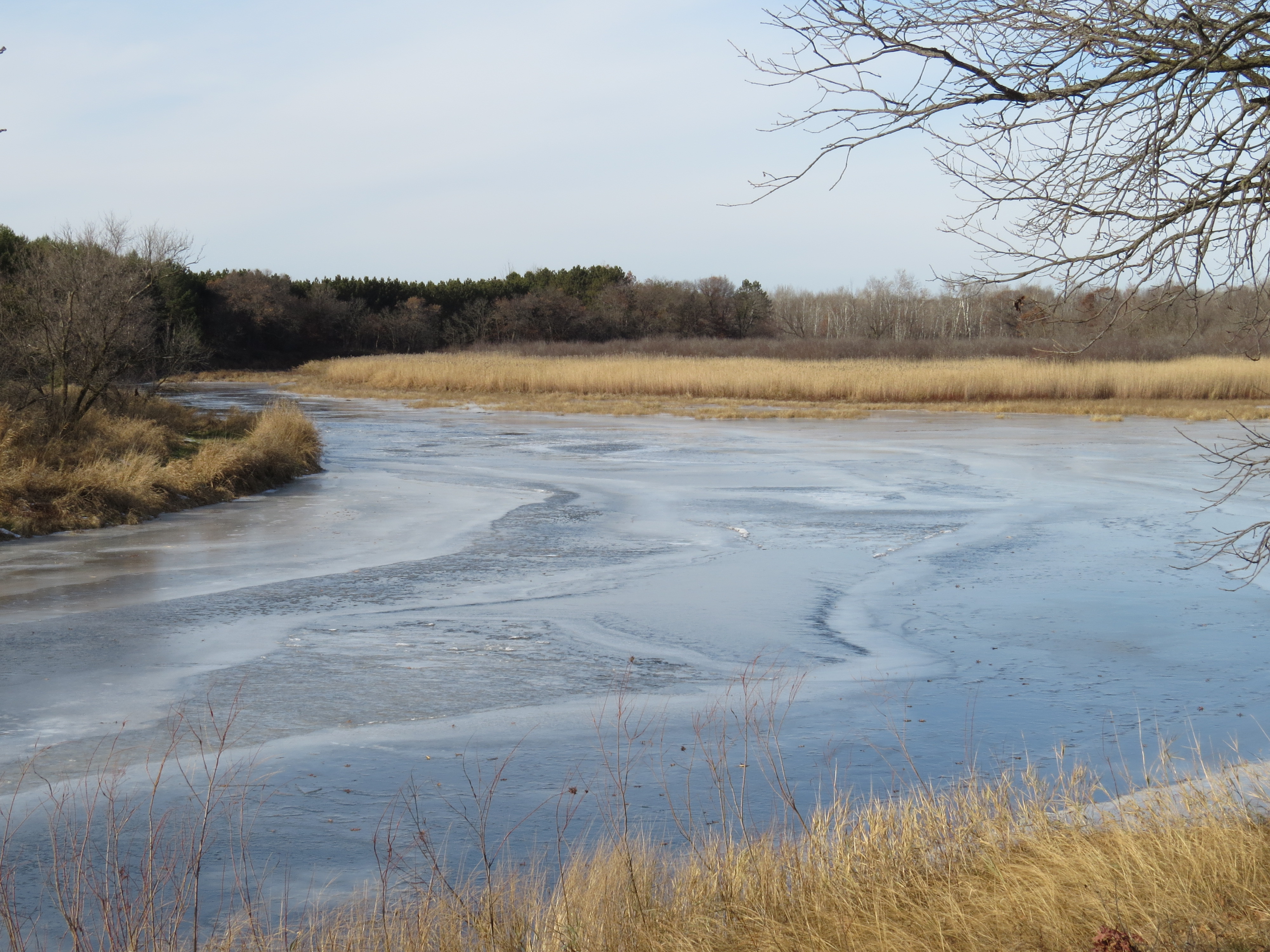
Old logs and thick, coarse slough grasses provide cover and a place to make a cozy, cold-weather nest for small mammals and birds.
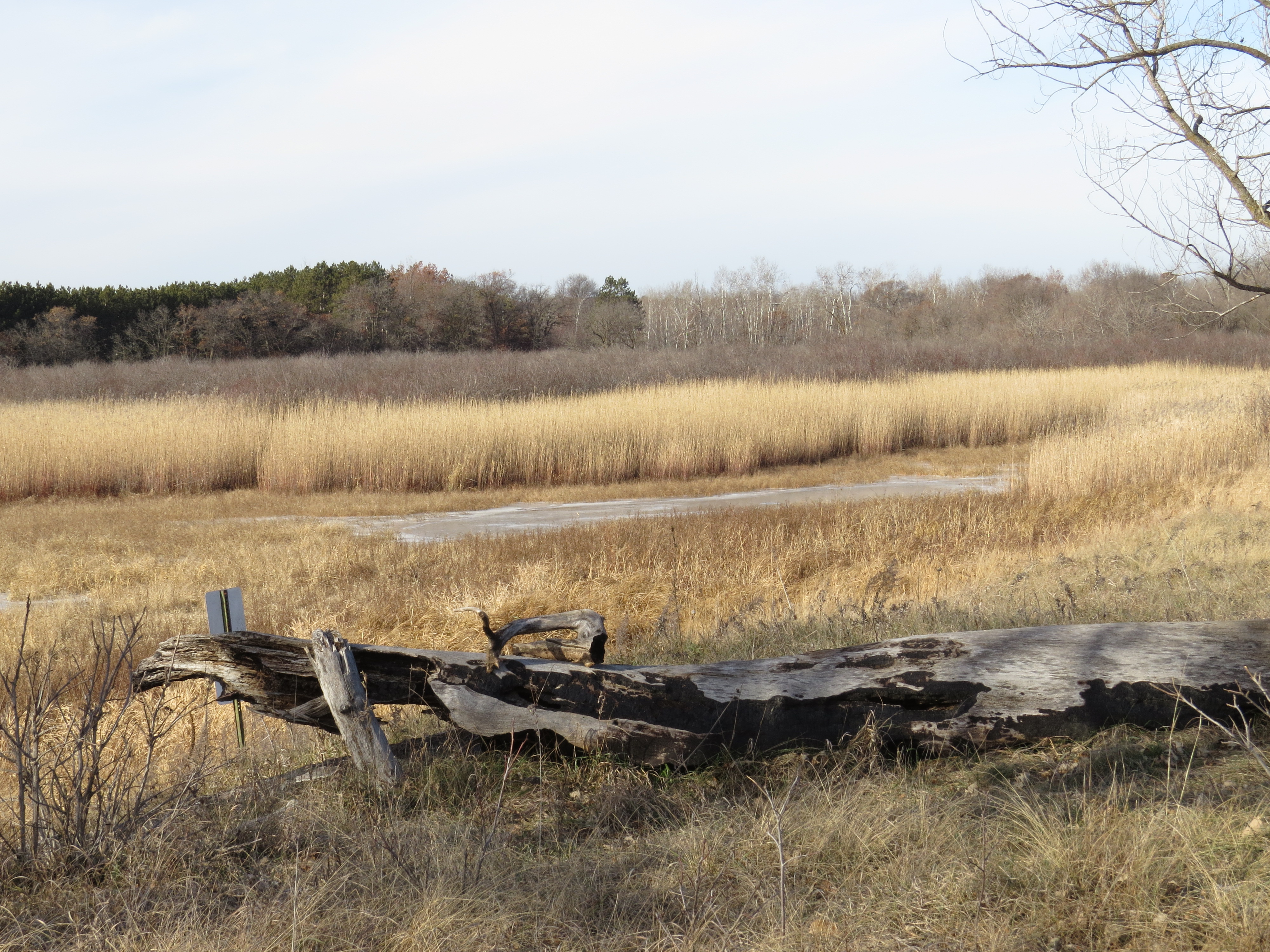
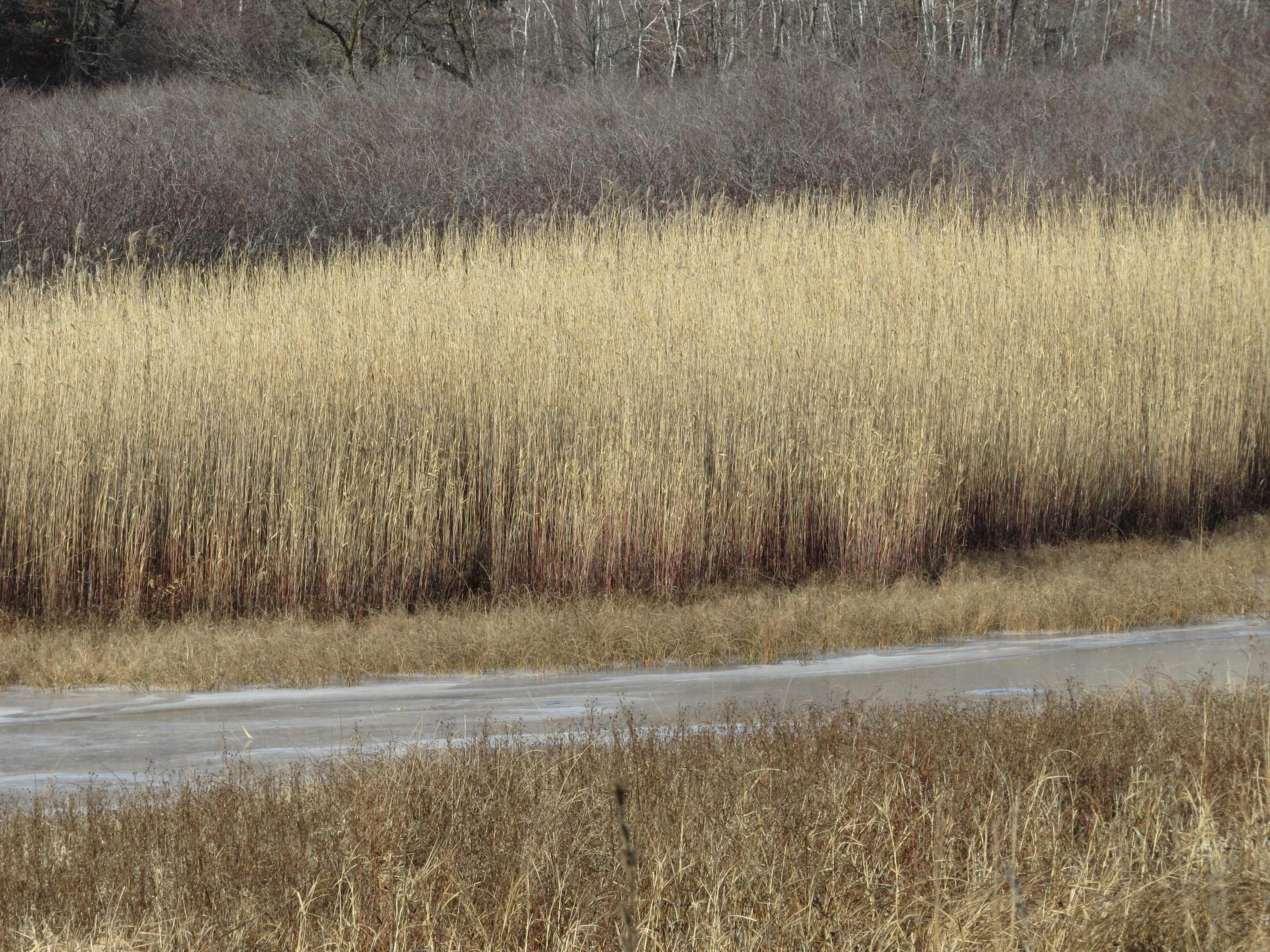
High in the branches of a deciduous tree, bare of leaves, was a pouch-like nest of an Oriole. It is a structural phenomenon! The female begins her nest-building with support strands placed around branches—this industrious weaver found some purple twine that worked well for her hanging nest. She gathers long, strong fibers from plants like swamp milkweed for the outer bowl, then uses her beak almost like an awl to thrust and pull the grasses and fibers to finish the weaving process. The nest is lined with soft fluff from Cottonwood trees in order to cradle up to seven eggs. The process takes resources, patience, finesse, and one to two weeks of time.
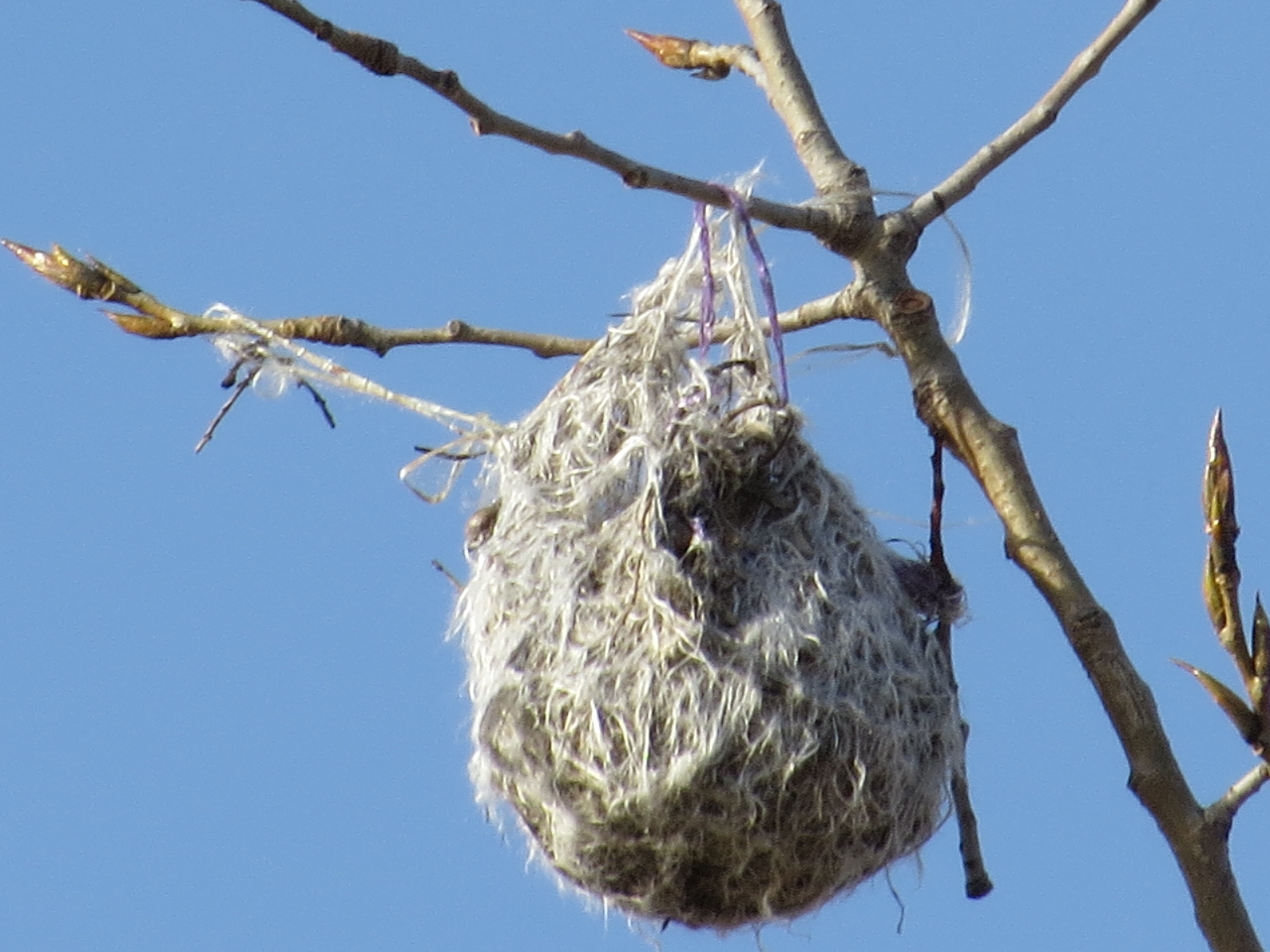
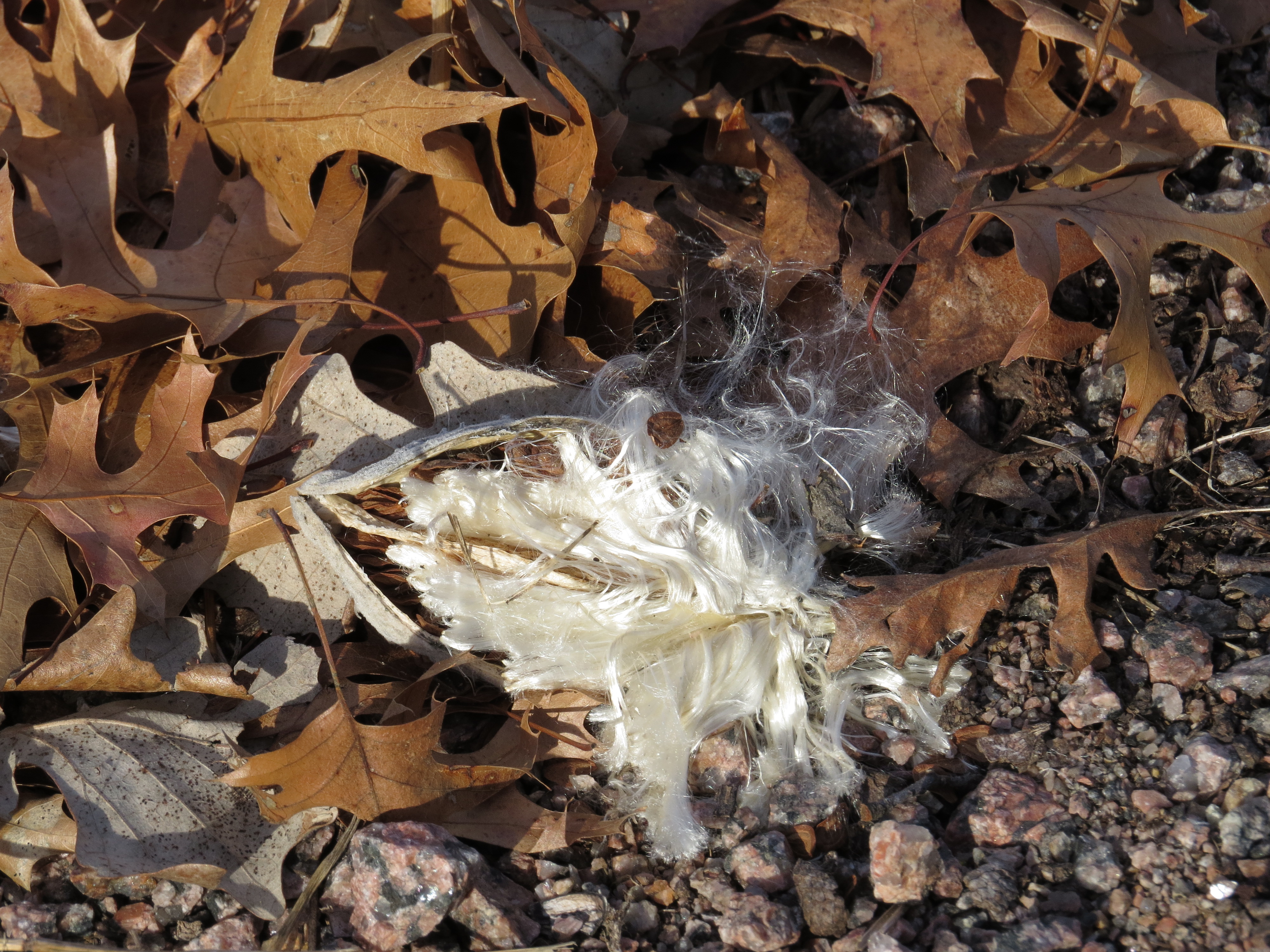
We saw no waterfowl—no ducks, geese, or swans. Where were they? Had they already flown south? It had been so warm, and I hadn’t seen large flocks flying overhead. What we did see were eagles—three or four of them flew over Platte River and Rice Lake, following us on our trail, it seemed.
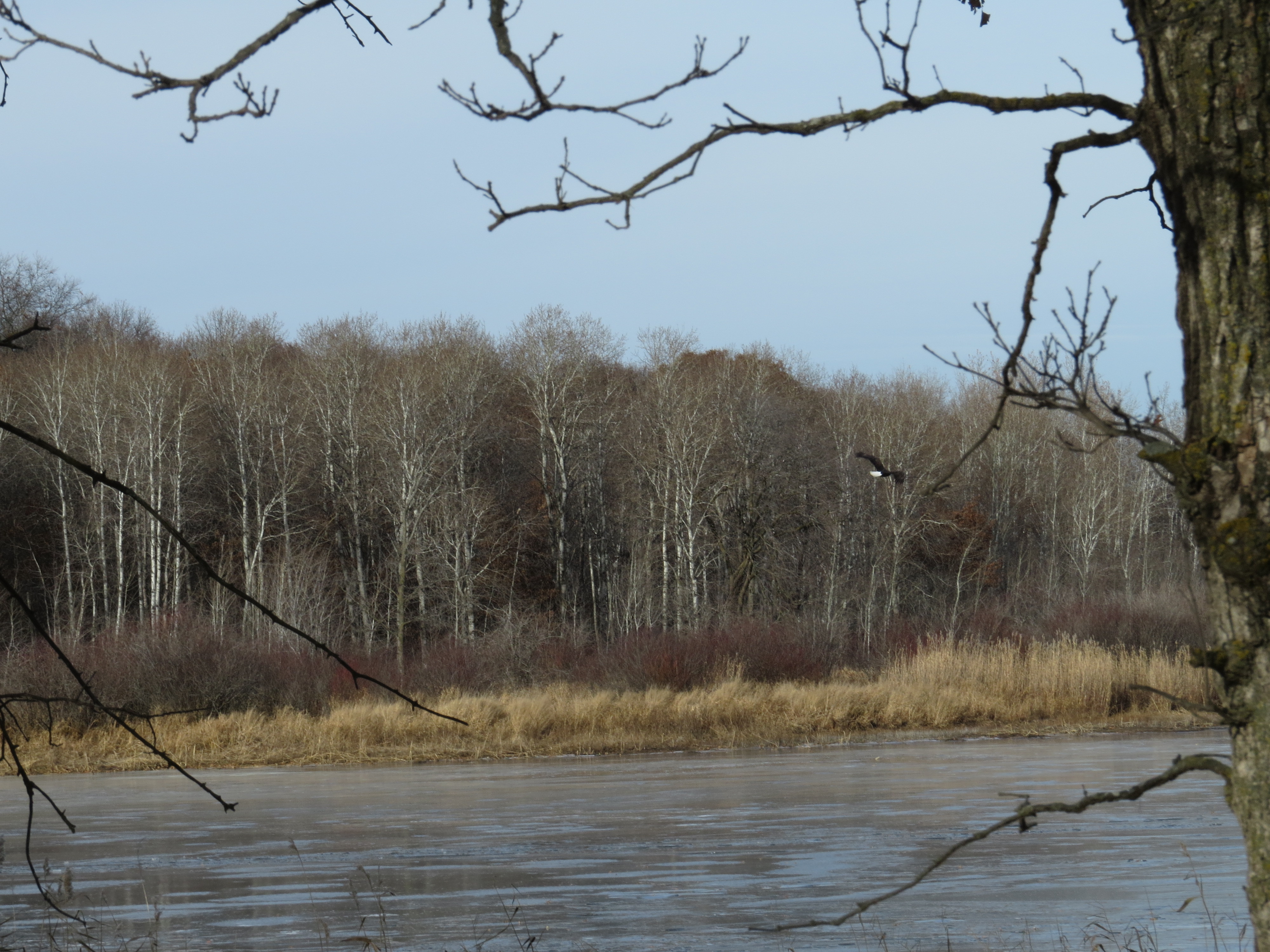
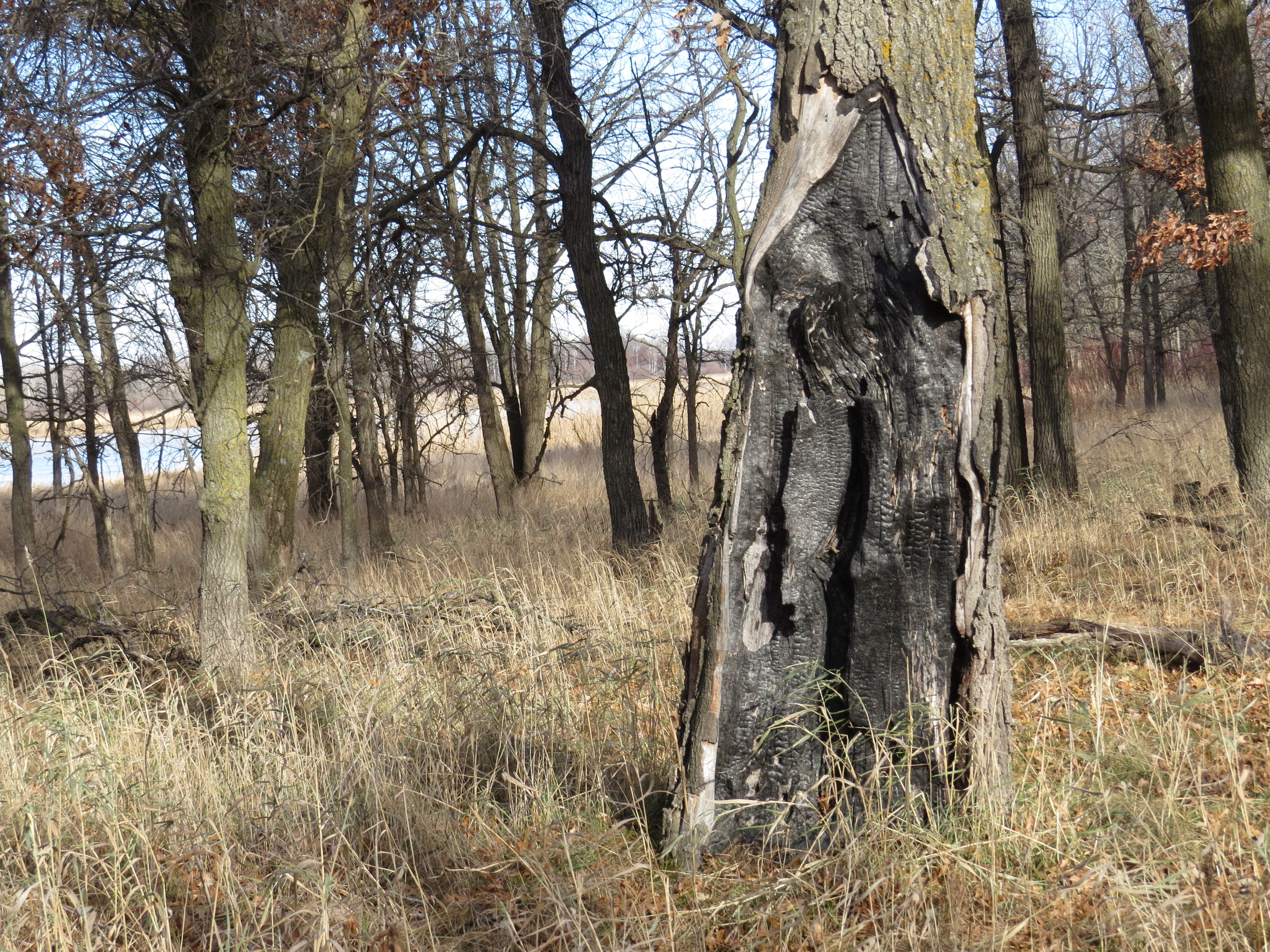
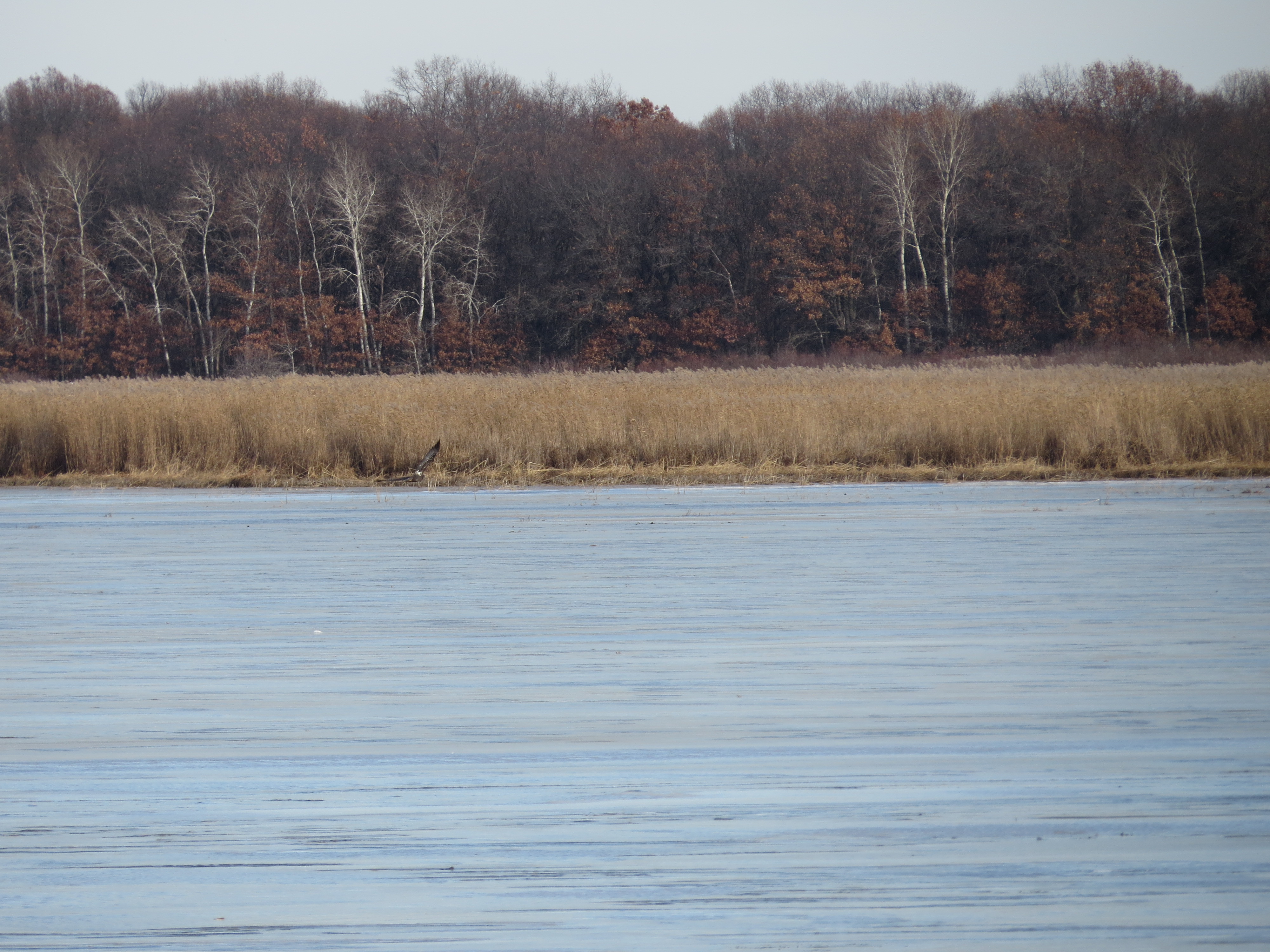

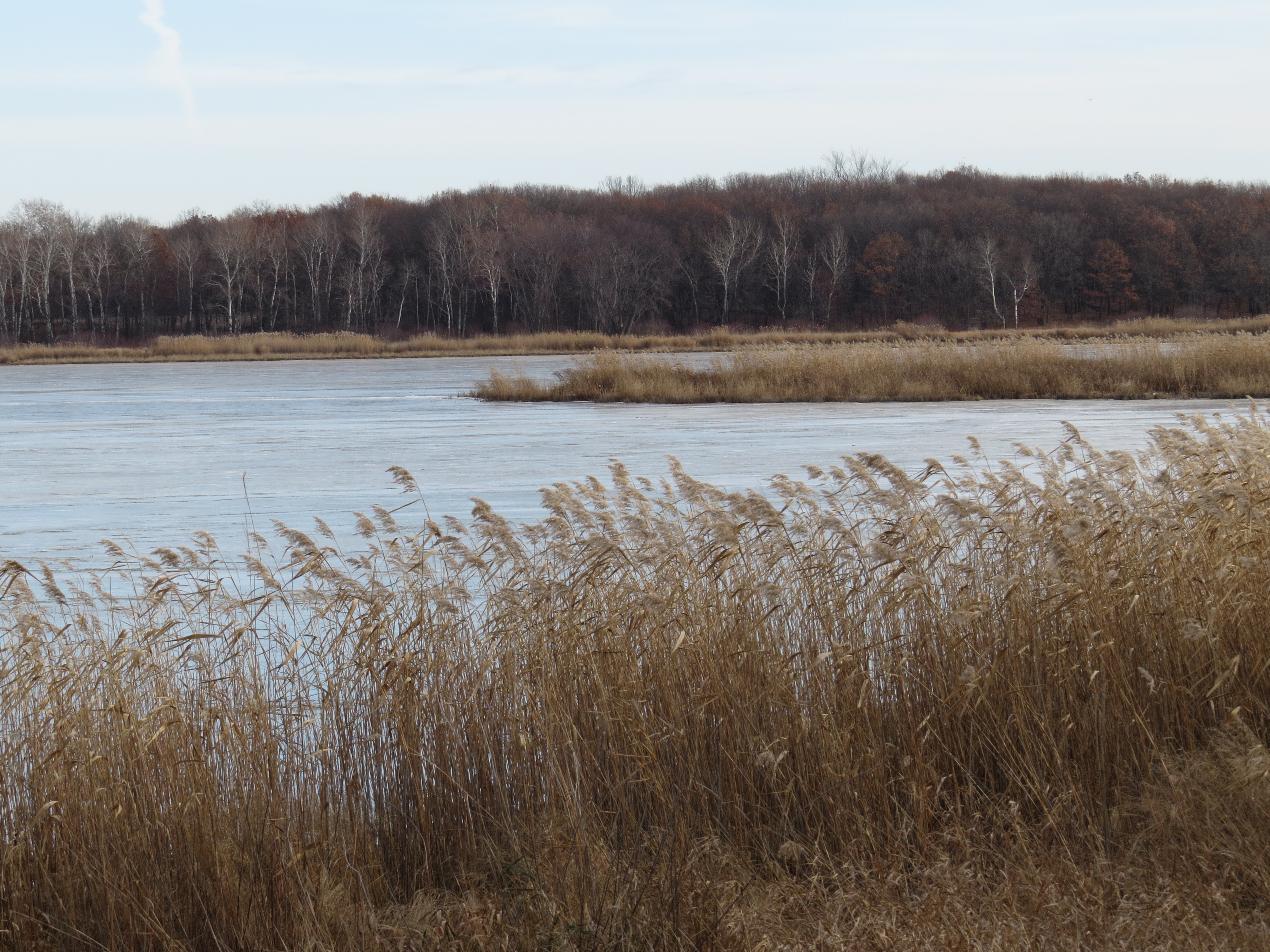
A hole formed from a burned out part of a tree, with leaves and fluffy Cattail seeds, could make a warm, protected nest for some little creature.
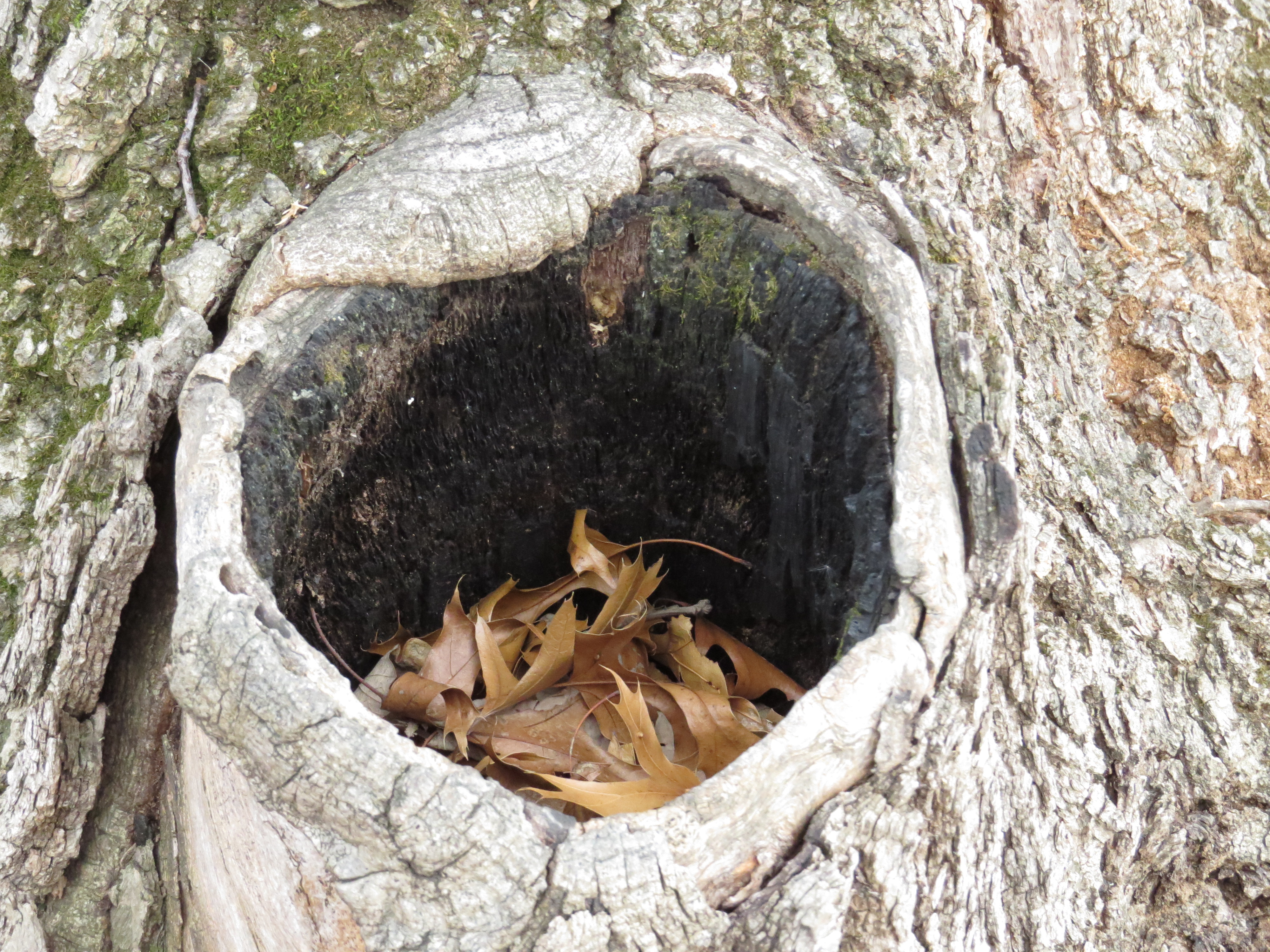
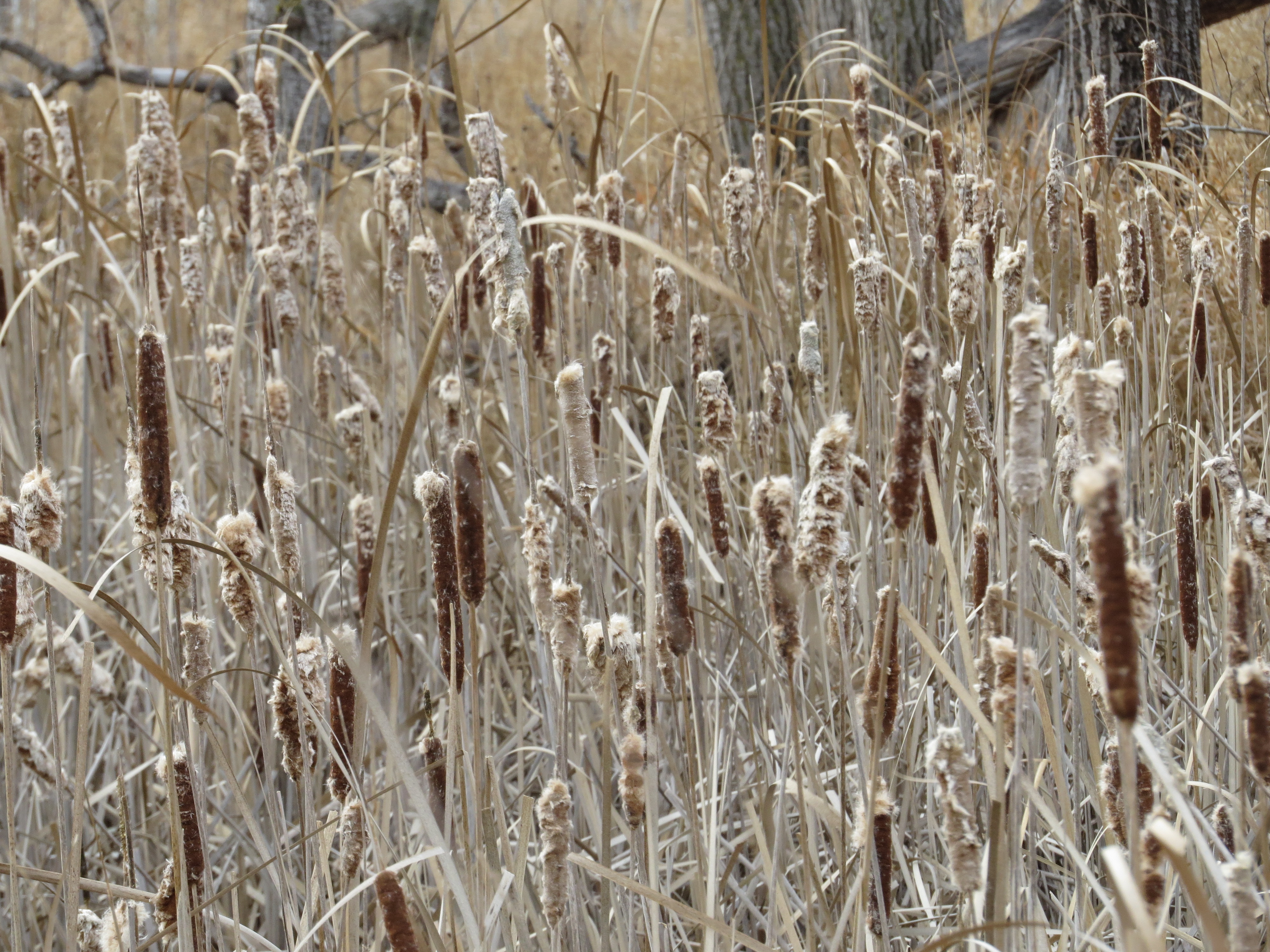
The Eagle’s nest is another engineering wonder, a dark structure of sticks highlighted by the white Poplar bark branches that hold it.
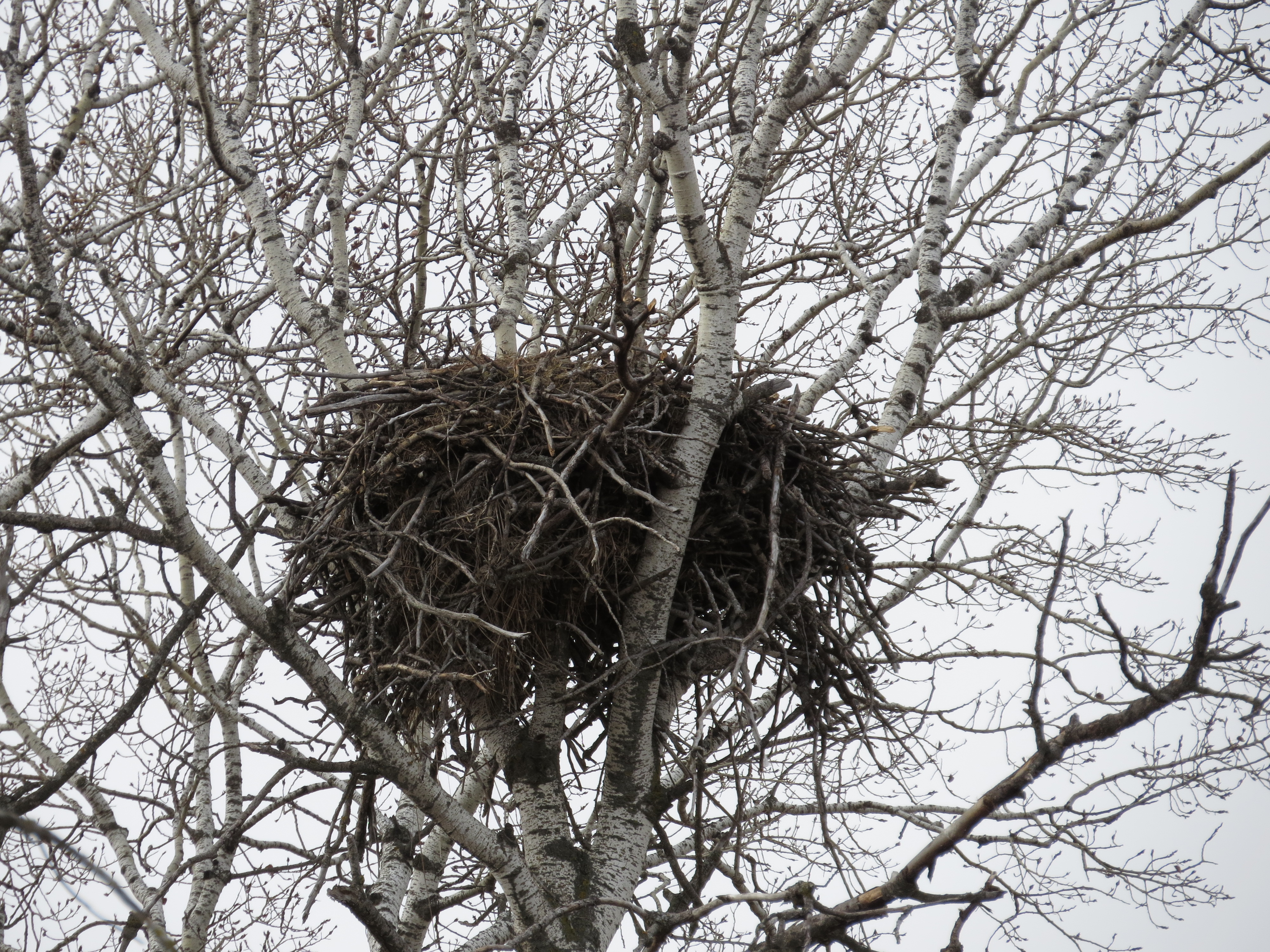
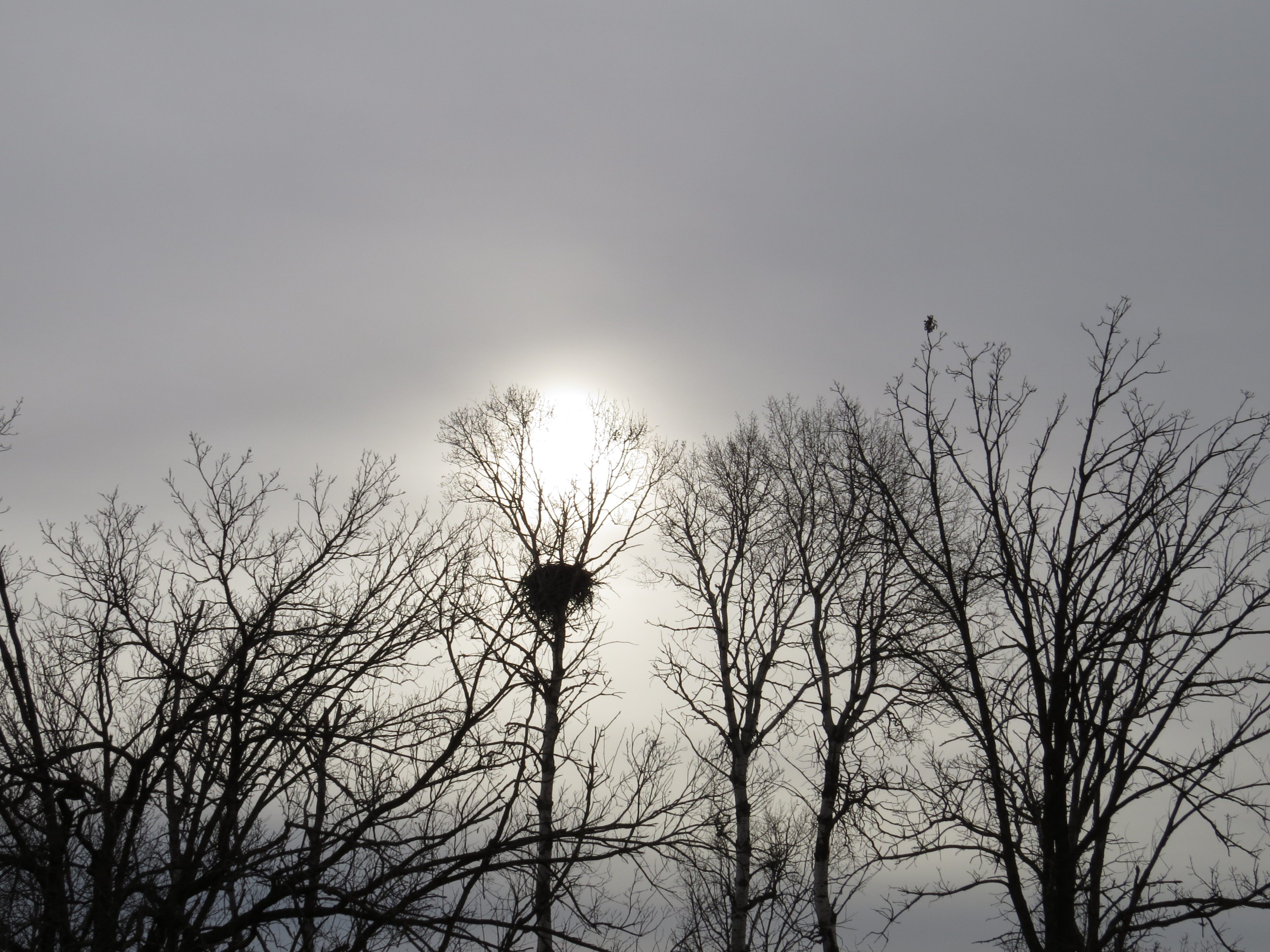
‘Nesting’ comes from the ritual of nest-building in preparation for the raising of offspring. I propose that nesting happens at other times of the year also. Preparation for Winter produces similar activity—finding and making ‘nests’ to protect creatures from the harsh elements of cold and snow. It is done for safety and protection. As humans, we do Autumn rituals to protect our plants, our equipment, and our animals from cold and snow. We gather wood if we have wood-burning fireplaces, we cover tree roots with mulch and perennials with leaves, we may put straw bales around barns or sheds, and disconnect mower batteries. We may move furniture away from drafty windows, get out the afghans and slippers, buy hot chocolate and herbal tea, and light candles. We gather and decorate for Thanksgiving and Christmas and prepare warm food and baked goods. We are practically and mentally preparing for Winter, for cold temperatures, and for darkness. It is cozy; it is hygge; it is safety and security. May the light shine down on our nests in this season of darkness.